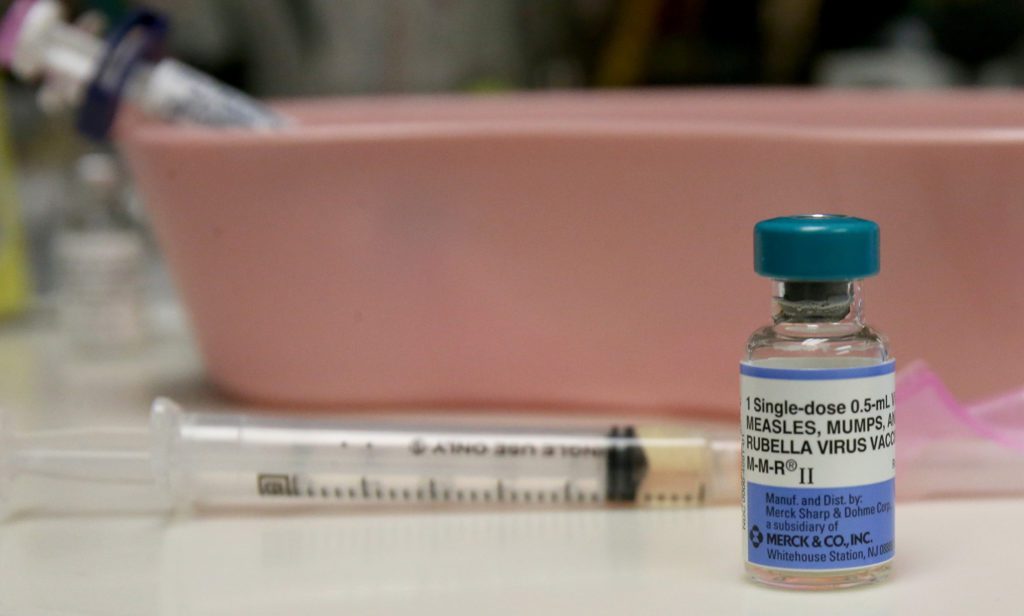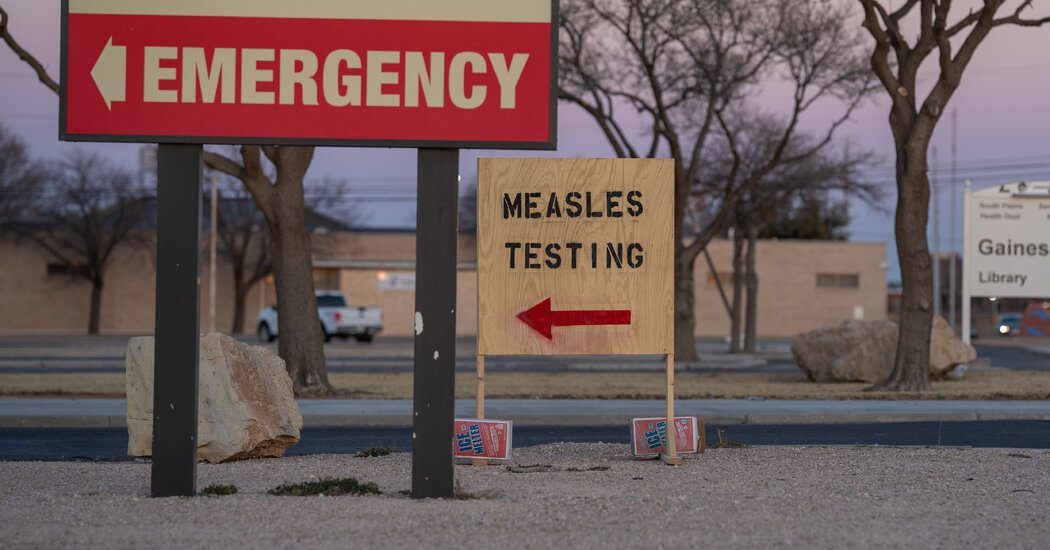
The recent measles outbreak in rural West Texas has surged to 90 confirmed cases across seven counties, as reported by the state health department on Friday. Currently, 16 individuals have been hospitalized.
In adjacent eastern New Mexico, the number of measles cases has risen to nine. However, state public health officials indicated on Thursday that there is no evidence linking this new outbreak to the situation in Texas.
Measles is an incredibly contagious illness. Here’s what you need to know to protect yourself from measles, along with updates on the situation in Texas and New Mexico.
Where is measles spreading?
The majority of the cases in West Texas are located in Gaines County, with 57 reported infections, and Terry County, which has seen 20 confirmed cases. Dawson County, to the east of Gaines, is new to the outbreak with six cases. Additionally, Yoakum County reports four cases, and Lubbock, Lynn, and Ector counties each have one case.
WATCH: Measles outbreak raises concerns about decreased vaccination rates
According to the Texas health department, most cases involve individuals under 18 years old: 26 cases in children younger than 4 and 51 in those aged 5-17. There are also ten cases among adults, with three cases pending age classification. Notably, the Ector County Health Department confirmed to the Odessa American that its case involved a child too young to be vaccinated.
State health authorities have declared this outbreak the largest in Texas in nearly three decades. Health department spokesperson Lara Anton mentioned that the cases are mainly concentrated in a “close-knit, undervaccinated” Mennonite community, particularly among families who either send their children to small private religious institutions or homeschool them.
In New Mexico, all reported cases are concentrated in Lea County, neighboring Gaines County in Texas. Public health officials have indicated potential exposure sites include a grocery store, an elementary school, a church, Nor-Lea Hospital, and a Walgreens in Hobbs, New Mexico.
What is measles?
Measles is a viral respiratory infection that can remain airborne for up to two hours. According to the U.S. Centers for Disease Control and Prevention, as many as 90% of susceptible individuals will contract the virus if exposed.
Though most children will recover from measles, the disease can lead to severe complications, including pneumonia, blindness, brain swelling, and even death.
Is the vaccine safe?
Absolutely, the measles, mumps, and rubella (MMR) vaccine is both safe and effective in preventing measles and its severe complications.
The first dose is recommended for children aged 12 to 15 months, with a second dose between 4 to 6 years. This vaccination series is a requirement for children entering public kindergarten across the United States.
Before the introduction of the vaccine in 1963, the U.S. experienced approximately 3 to 4 million measles cases annually. Today, there are usually fewer than 200 cases in a typical year.
There is no established link between the vaccine and autism, despite a now-debunked study and ongoing health misinformation.
Why do vaccination rates matter?
In communities where vaccination rates exceed 95%, diseases like measles struggle to spread, a phenomenon known as “herd immunity.”
However, childhood vaccination rates have declined across the nation since the pandemic, with more parents opting for religious or personal waivers to exempt their children from mandatory vaccinations.
The U.S. experienced a rise in measles cases in 2024, including an outbreak in Chicago that impacted over 60 individuals. Just five years prior, 2019 marked the highest number of measles cases in nearly three decades.
Gaines County has one of the highest opt-out rates for mandatory vaccinations among school-aged children in Texas, with almost 14% of K-12 children opting out during the 2023-24 school year. Health officials suggest that this figure may be even higher, as it does not account for many homeschooled children, whose vaccination data remains unreported.
What actions are public health officials taking to prevent the spread?
Health authorities are conducting vaccination clinics and screening initiatives throughout Texas and are collaborating with schools to raise awareness about the importance of vaccinations while providing immunization services.
In New Mexico, health officials have organized multiple vaccination clinics in Hobbs for the upcoming week.









